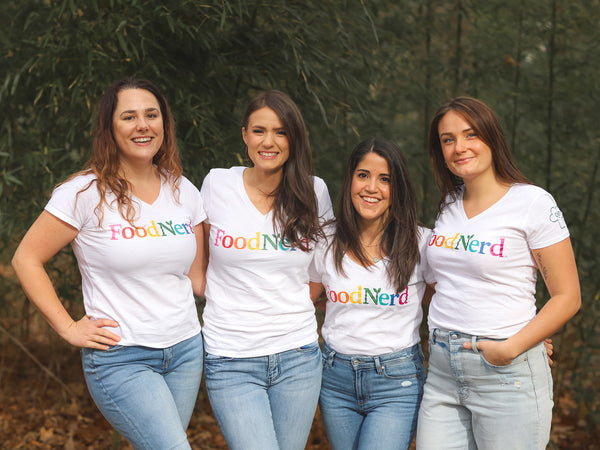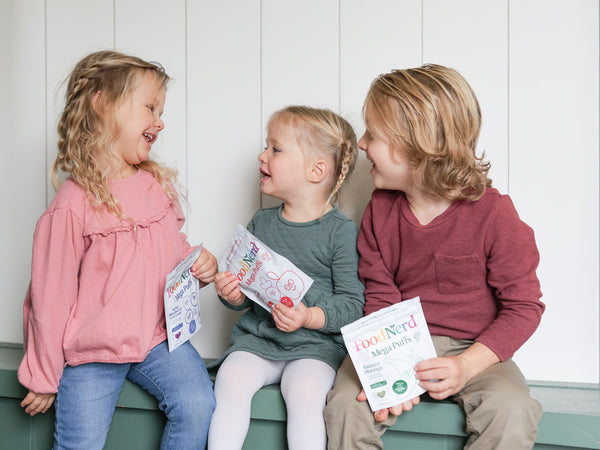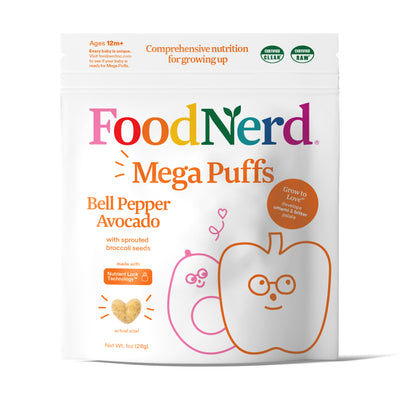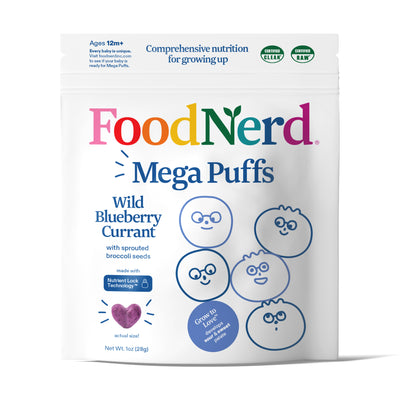How saying “thank you” rewires your brain and protects your health
There are mornings where your coffee is lukewarm, someone is crying (sometimes it’s your kiddo, sometimes it’s you), and the whole house is running five minutes behind. You’re packing lunches while answering an email while remembering you still need to sign the field trip form while also attempting to find that one specific shoe that has vanished into another dimension (or maybe it’s just in the backyard)..
It is in those moments, you might hop on your phone for a little brain break and inevitably, the first thing you see is someone online saying, “Just practice gratitude, Mama!!”
Which… can feel a little insulting, right?
Because gratitude doesn’t make the laundry fold itself.
But here’s the thing most of those soundbites miss: gratitude isn’t about pretending everything is lovely or forcing positivity when you’re exhausted. The research shows something different. Gratitude is about attention. It’s about teaching the brain to recognize what is steady, nourishing, safe, and supportive, even in the middle of real life chaos.
There’s a reason gratitude feels nice. It’s not just ingraining a polite “thank you” after someone holds the door; it is tapping into our biology. When we intentionally notice and name the things we appreciate, we engage brain circuits and body systems that nudge mood up, stress down, and tighten our social bonds. Which is just a fancy way of saying: gratitude is one of those small, low-cost practices that stacks up over time.
So what does gratitude actually do…
When we experience gratitude, whether from a quiet journal entry or a hand-written letter, activity rises in brain regions tied to reward, moral cognition, and social understanding. These areas help us evaluate value, regulate emotion, and connect with other people. At the same time, repeated gratitude practice appears to help us quiet the brain’s alarm system. This can lead to calmer responses to stress over time. This means we have better emotional balance and stronger social motivation.
Why early practice matters
Little kids are still figuring out everything, from how to wait their turn, what to do when they feel big feelings, how to share, how to calm down when something doesn’t go their way. Their emotional world is under construction.
Gratitude becomes one of the support beams in how they interact with the world. It helps strengthen the parts of their brain that handle things like empathy, patience, perspective, and settling themselves after they’re upset.
KIddos don’t learn gratitude because we remind them to “say thank you.” If that worked, dinner tables everywhere would be extremely peaceful. They learn it because they watch us notice things and they learn it through repetition and rhythm.
When you say out loud,
“I’m really glad we got to eat together tonight,”
or
“That hug felt really good and I needed it,”
you’re giving language to appreciation and to safety.
You’re showing them: This is a world where good things are real, and we can notice them.
That becomes part of their inner voice, the one that helps them stay grounded later when things feel uncertain or hard.
Practicing gratitude with kids doesn’t require a journal or perfect dinner routine. It’s built in quick, ordinary moments. Maybe it is naming one thing you liked about the day on the drive home, or saying one good thing before lights out. Small, consistent noticing. That’s what rewires the brain over time. That tiny moment, the five seconds you took to name something “good” becomes part of their internal voice later on. The voice that helps them find steadiness when life gets loud.

Gratitude in Motherhood
Motherhood is profound and relentless work. There’s no clocking out, even when you’re juggling one too many things on little sleep. Gratitude isn’t about pretending that reality doesn’t exist, it’s about finding small moments in the middle of it. It softens the edges. It helps us breathe deeper. It reminds us that we’re doing this with the people we love, not just for them.
Mothers carry so much, often too much. You’re single parents, working parents, postpartum parents, parents without enough support. You’re not just raising children; you’re raising future adults who will move through the world shaped by what they learned in your home. Gratitude can act as a small internal anchor. It doesn’t deny the struggle. It simply gives the nervous system somewhere to rest.
Because here’s the truth: gratitude doesn’t lighten responsibility but it does strengthen you from the inside out. For mothers, gratitude can be a form of repair–not perfection or forced positivity. It gives us micro-moments of regulation. Maybe you have time for one breath or one minute of noticing the warmth around you. Those micro-moments are contagious. Kids who see their moms notice small good things, even on hard days, grow up to do the same. That’s how resilience quietly transfers across generations.
Even five minutes a day can make a huge difference. Maybe it’s jotting down three things that went well, saying one thing you appreciated about your child, or just noticing a kind moment between siblings … or maybe your husband did take out the trash on time. Paying attention to these moments, even when they’re small or imperfect, can shift both your mood and the atmosphere of your home. That’s when it becomes a practice. And we’re here to give you a few tools to help it stick.
If you want to start small, here’s an easy weeklong experiment in gratitude. None of it takes more than a few minutes, but the ripple effect can be surprising.
Monday: Try a three-minute evening journal. Write down three specific things that went well, the more detailed, the better.
Wednesday: Write a short thank-you note (about 150 words) to someone who made a difference this week, and actually deliver it.
Friday: End the week with a family “what I noticed” dinner round. Everyone gets one minute to share one good thing they noticed or one person they appreciated.
Daily: Take 60 seconds to savor something small, maybe a bite of food on your plate, a hug from a friend or the way it felt to stretch! Name what you’re grateful for and who made it possible.
These tiny moments are backed by research. They’re short, sustainable, and surprisingly powerful. Studies show that consistent micro-practices like these are enough to have a real impact on our emotions and well being. Gratitude doesn’t have to look like journaling for half an hour; it’s more about creating small, repeatable habits that fit real life.
Some of the simplest, science-backed versions include:
- Five-minute gratitude journaling: Each evening, write down three things that went well and why. Specifics matter more than length.
- Gratitude letters: Writing and delivering a thank-you note has been shown to give a lasting emotional lift for both you and the receiver.
- Savoring practice: Take a brief pause to describe a small pleasurable moment a
- and name what you’re thankful for in that instant.
- Family rituals: A quick “gratitude round” at dinner, where each person names one thing they noticed and one person they’re thankful for, helps kids build emotional awareness and resilience.
- Micro-habits for busy mothers: Right before bed, name one small win and one person you’re grateful for. It’s a 60-second reset that reduces rumination and supports better rest.
Gratitude doesn’t need to be grand. It just needs to be practiced. Who cares if it is imperfect as long as you are consistent!
So this holiday season, when everyone is talking about being thankful, maybe skip the pressure to feel grateful and start with noticing instead. Notice what’s steady, what’s soft, what’s still here. The messy mornings, the warm coffee, the small hands reaching for yours. Gratitude isn’t something you perform; it’s something you return to, one small moment at a time.















